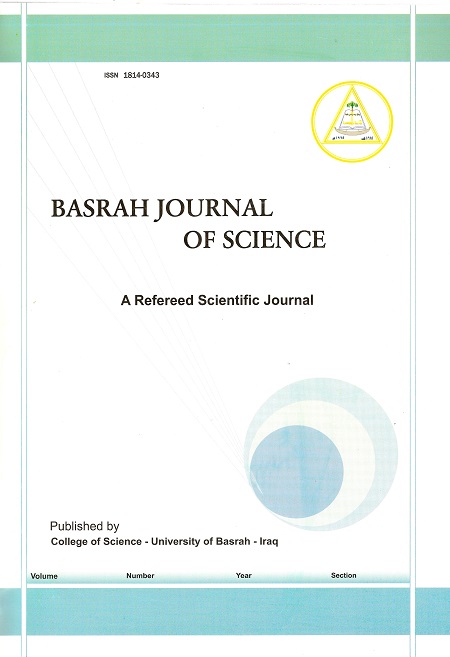Influence of annealing temperature on the properties of ZnO nanostructures
Keywords:
Annealing effect; X-ray analysis; ZnO nanostructures; branching structures; optical propertiesAbstract
The effects of annealing process on the properties of ZnO nanostructures was investigated using XRD, SEM and UV-visible spectrometry techniques in the range of 300-450oC. XRD measurements showed that the deposited and annealed ZnO nanostructures have hexagonal (wurtzite) structure without external impurities. (002) plane is the preferred orientation for ZnO nanostructures thin films. Lattice parameters, crystalline size, bond length between Zn and O (Zn-O), etc. were determined for ZnO nanostructures thin films. The lattice constants a=b= 3.278 Å, c= 5.251 Å for as-deposited and gradually decreased to a=b= 3.259 Å, c= 5.220 Å after the annealing at a temperature 450oC. The increase in annealing temperature (Ta) lead to increase in the intensity of the diffraction peaks. As the temperature of annealing increases, particle size increases and nano-needles (NNs) rise and become more oriented. Williamson-Hall (W-H) analysis was used to evaluate crystallite sizes and lattice strain based on X-ray peak broadening analysis. The results showed that there is a very large inter-correlation between the estimated crystallite size from Scherer's formula and W-H plots. The films are found optically transparent for visible region of the electromagnetic spectrum with the average value of transmittance (90% to 95%) and it seems depending on the Ta. There is somewhat agreement between the estimated band gap value from optical measurements with the band gap value for bulk ZnO (for as-deposited films of ZnO nanostructures). The band gap decreases with Ta (Eg = 3.26 eV of as-deposited films and after annealing, it decreases to 3.20 eV, 3.17 eV, 3.10 eV and 3.06 eV, respectively).
Downloads
Downloads
Published
Issue
Section
License

This work is licensed under a Creative Commons Attribution-NonCommercial 4.0 International License.


